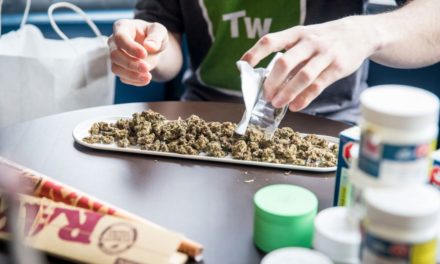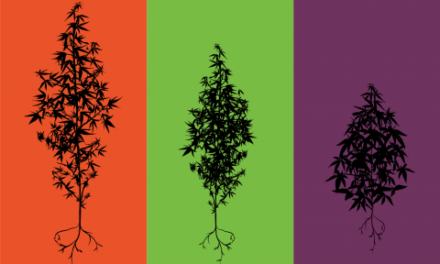The munchies. Aka, the insatiable urge to consume large amounts of snacks when you’re high. It’s a staple of stoner folklore, despite the more complex and variegated relationship between cannabis consumption and appetite. Typically, scientists study that relationship by looking at how cannabinoids trigger “hunger hormones” that make your brain make you eat. But a pair of researchers at Georgia State University and the University of Connecticut are experimenting with a new way to measure the munchies. They’re counting how much high-calorie “junk food” people bought before their state legalized cannabis, and comparing it to how much they bought after. And the first round of results are in: the munchies are real.
The Munchies Are Real, Study Says
Studies on the relationship between cannabis and appetite have struggled to provide conclusive evidence for why getting high makes you want to snack. Endocrinologists have suggested that one of the effects of THC is the stimulation of hormones that send hunger signals to the brain. The principal hunger hormone is ghrelin. And researchers have found that cannabis consumption both increases ghrelin production and makes the brain more sensitive to it. That double dose, scientists think, is a major factor behind the munchies.
In other fields, scientists have looked for neuroscientific or behavioral explanations for why consuming cannabis makes people hungry. But despite all that attention, skepticism persists. Are the munchies just a myth?
To answer that question, researchers Michele Baggio and Alberto Chong set out to see if the munchies were a measurable phenomenon. If we’re not entirely sure what causes the munchies, maybe we can at least see to what extent it actually exists. To do that, they gathered retail scanner data from The Nielsen Company and marketing databases at the University of Chicago. This data shows them how much high-caloric food people are buying. Then, they looked at how the implementation of adult-use marijuana laws impacted that data.
People Are Buying More Ice Cream, Cookies, and Chips in Adult-Use States
To get the clearest picture possible of how legal weed impacts junk food consumption, researchers compared scanner and marketing data from counties located on both sides of the border of adult-use states. Then, they looked at what happened before and after legalization. If junk food purchases increased on both sides of the border, that meant legalization was less likely to have had an impact.
But that’s not what the datasets revealed. Instead, they showed that purchases of high-caloric food increased in weed-legal counties. But in non-legal, cross-border counties, they didn’t observe the same increase. Baggio and Chong’s study took a closer look at three foods: cookies, ice cream and chips. And their data shows that the munchies are real—and measurable. “Legalizing adult-use marijuana leads to an increase in sales of junk food,” the study concludes.
Specifically, the study found that in adult-use states, monthly sales of ice cream increased by 5 percent, cookies by 6 percent and chips by 6.6 percent. The study’s weakest data even supports the trend. At minimum, consumption of cookies, ice cream and chips increased by 4.1, 3.1 and 5.3 percent, respectively. And all of those increases map directly onto the timeline of implementing adult-use legalization.
Interestingly, as states’ adult-use programs went on, the increase in junk food purchasing tapered off slightly. But only for chips and ice cream. Cookies, the researchers found, had some staying power. Does this mean cookies are the cannabis consumer’s munchie of choice? Further studies, as ever, are needed.
Source of article: https://hightimes.com/news/researchers-find-correlation-between-recreational-weed-laws-junk-food-sales/

















